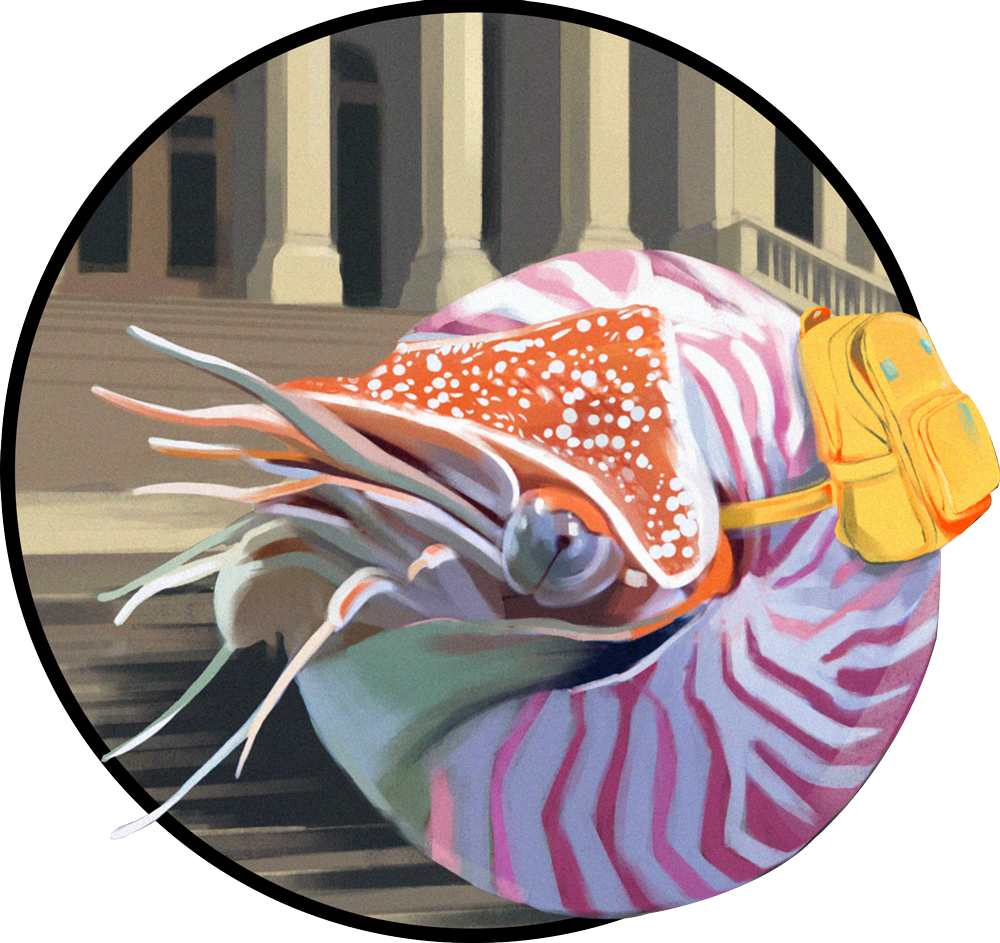For years, an intense debate has raged about the origins of animal life on Earth, dividing scientists into two camps: Those who think sponges gave rise to animals and those who think comb jellies (ctenophores) are responsible.
At first glance, it might seem obvious which animal group came first: the simple sponge. Bereft of muscles or neurons, sponges spend their lives anchored, filter-feeding detritus from ocean water. Ctenophores, on the other hand, have muscles, neurons, and cilia for swimming—they’re mobile predators that hunt for their meals.
But evolution doesn’t always take the straightest path, and a 2008 analysis comparing hundreds of genes from a variety of animal species and their relatives surprisingly placed the more complex ctenophores at the root of the animal family tree. A 2023 study examining linked genes (those located close to one another on chromosomes) bolstered the so-called “ctenophore sister hypothesis.”
It was a shocking finding. If true, it would suggest that early sponges had neurons and their descendants lost them over time. While it’s not the most linear evolutionary path for an animal group to take, it is a well-worn one. Whales, for example, evolved from terrestrial quadrupeds and, over many generations, lost their hind limbs after taking to the sea.
Read more: “In Search of the First Animals”
University of California, Berkeley, biologist Nicole King compared the idea that ctenophores evolved first to “finding out that the guy you thought was your dad was not your dad.” And so, along with a postdoctoral researcher in her lab, phylogeneticist and computational biologist Jacob Steenwyk, she set out to investigate.
“Jacob came in hypothesizing that the ctenophore sister idea was correct, while I hypothesized that the sponge sister idea was correct, and so we thought, why not? Let’s go for it,” King said in a statement.
Together they created a dataset of conserved genes—sequences that are present in a wide variety of species and have proven to be remarkably resilient to change over time. They analyzed the genes and winnowed their dataset down to only those genes that produced a consistent result for either the ctenophore or sponge hypothesis regardless of the analytical method they used. Then they applied statistical tests. The scientists concluded 62 percent of their tests supported the sponge hypothesis, and none supported the ctenophore hypothesis (38 percent were inconclusive).
They published their findings in Science this week.
“I think the way we’ve done this analysis lends very strong support for the hypothesis that sponges evolved first, which is consistent with studies based on morphology. But I still think there’s room for investigating this question further,” King said. “I hope that everyone interested will jump in, and together we’ll keep hammering on this.”
So the debate rages on, but for now it seems like Team Sponge may have the upper hand. ![]()
Enjoying Nautilus? Subscribe to our free newsletter.
Lead image: Philip Hamilton / Ocean Image Bank






























